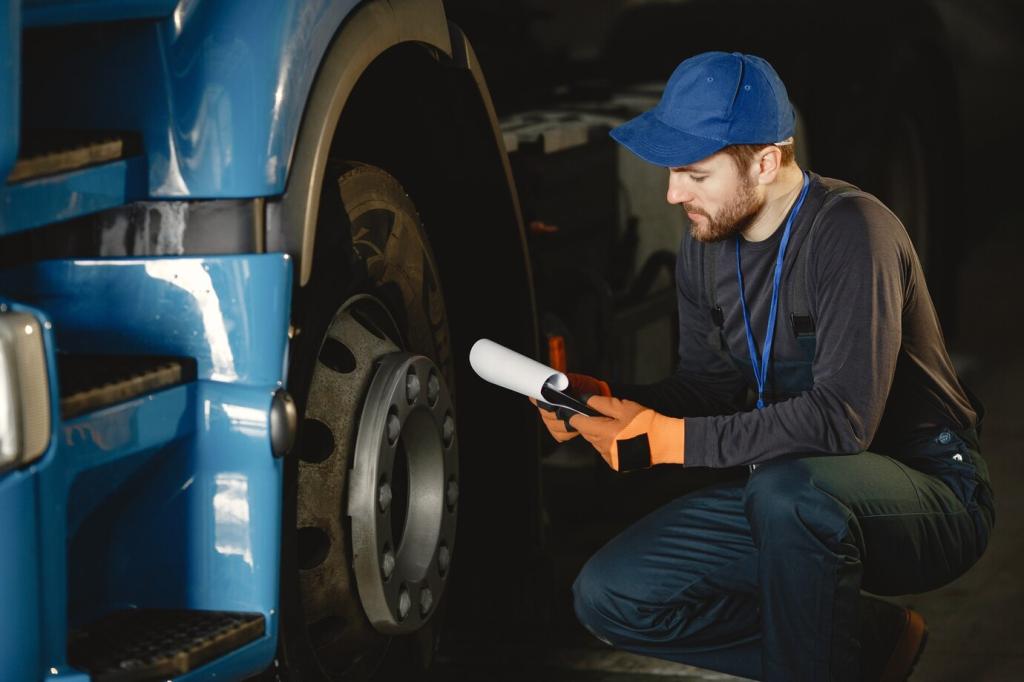A Fleet Story: The Five-Minute Save That Kept Routes On Time
During a Monday warm-up, a driver noted a brief belt squeal and slight wobble. A quick inspection found a weak tensioner. Replacing it that afternoon prevented overheating and power loss on city routes. The driver earned a spotlight, and the team adopted a targeted belt check.
A Fleet Story: The Five-Minute Save That Kept Routes On Time
Another van flashed a check-engine warning with a mild stumble. The scanner showed a fault hinting at intermittent ignition. Inspecting connectors revealed a loose plug. Five minutes later, the stumble vanished and the light cleared. Share your simplest fix that saved a tow and a day.







